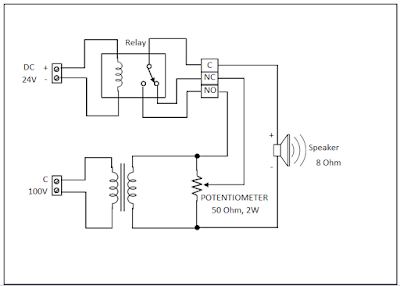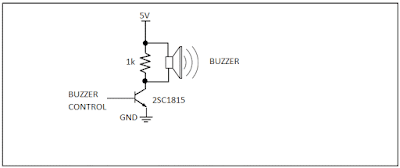Generic
Standard on PCB Design (IPC2221A)
PCB
Rigid Laminate material (FR4, typically) consisting of
a glass epoxy substrate clad with copper on two sides for double sides (0.062”
typically)
PCB
fabrication Gerber data requirement
1 1) Top
Electric (Art work)
2 2) Botton
Electric (Art work)
3 3) Top
Slilk (Art work)
4 4) Top
Resist (Art work)
5 5) Plated
Through Hole (N.C Drill)
6 6) Non-Plated
Through Hole (N.C Drill)
7 7) Board
Outline (Art work)
8 8) Drill
Table
Electrical Isolation (Creepage Vs Clearance)
Electrical
Clearance
AC and pulsed voltage > 200V must consider
dielectric and capacitive effect of substrate in addition to spacing.
Minimum spacing requirement according to withstand
voltage are as below
|
Withstand
Voltage (V)
|
Minimum
Spacing (mil)
|
|
0 ~ 30
|
3.9
|
|
31 ~ 150
|
24.0
|
|
151 ~ 300
|
49.2
|
|
301 ~ 500
|
98.4
|
Electrical Isolation (Creepage Vs Clearance)
Creepage is the shortest path between two conductive
parts measured along the surface of the insulation. Clearance is the shortest distance between tow
conductive parts measured through air.
Copper Weight
1 oz of copper will cover one square foot area when
rolled out to a thichness of 0.0014 inch or 1.4 mil.
|
Copper
Weight (oz)
|
Thickness
(inch)
|
|
½
|
0.0007
|
|
1
|
0.0012 ~ 0.0014
|
|
2
|
0.0028
|
PCB Surface Finishing
Different types of PCB finishing are as below
1) Hot
Air Solder Level (HAL or HASL)
2) Hard
Gold-Electro plated gold
3) Electro
Less Nickel Emersion gold
4) White
Tin
5) Organic
Solderable Preservative (OSP)
The most common surface finishing we can see is Hot
Air Solder Leveling. In this process, Panels are processed through a bath of
molten solder, conversing all exposed metal surfaces. High pressure hot air,
directed at both sides of the panel simultaneously, removes excess solder from
the holes and surfaces.
PCB Trace Width vs. Current Table
A PCB trace width vs. current table helps you understand the relationship between PCB trace width and current carrying capacity so you can determine the required trace width for your printed circuit board design.















